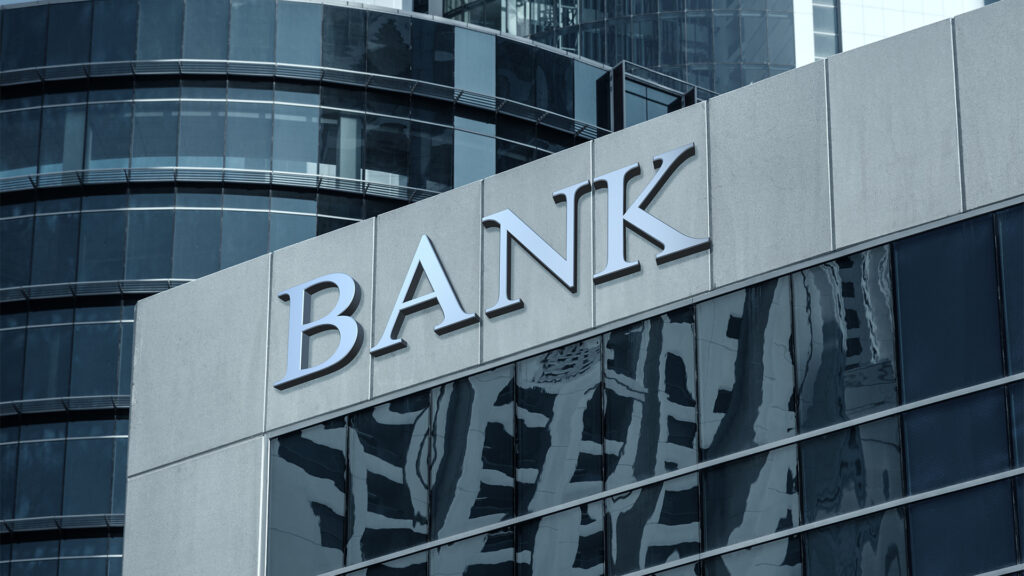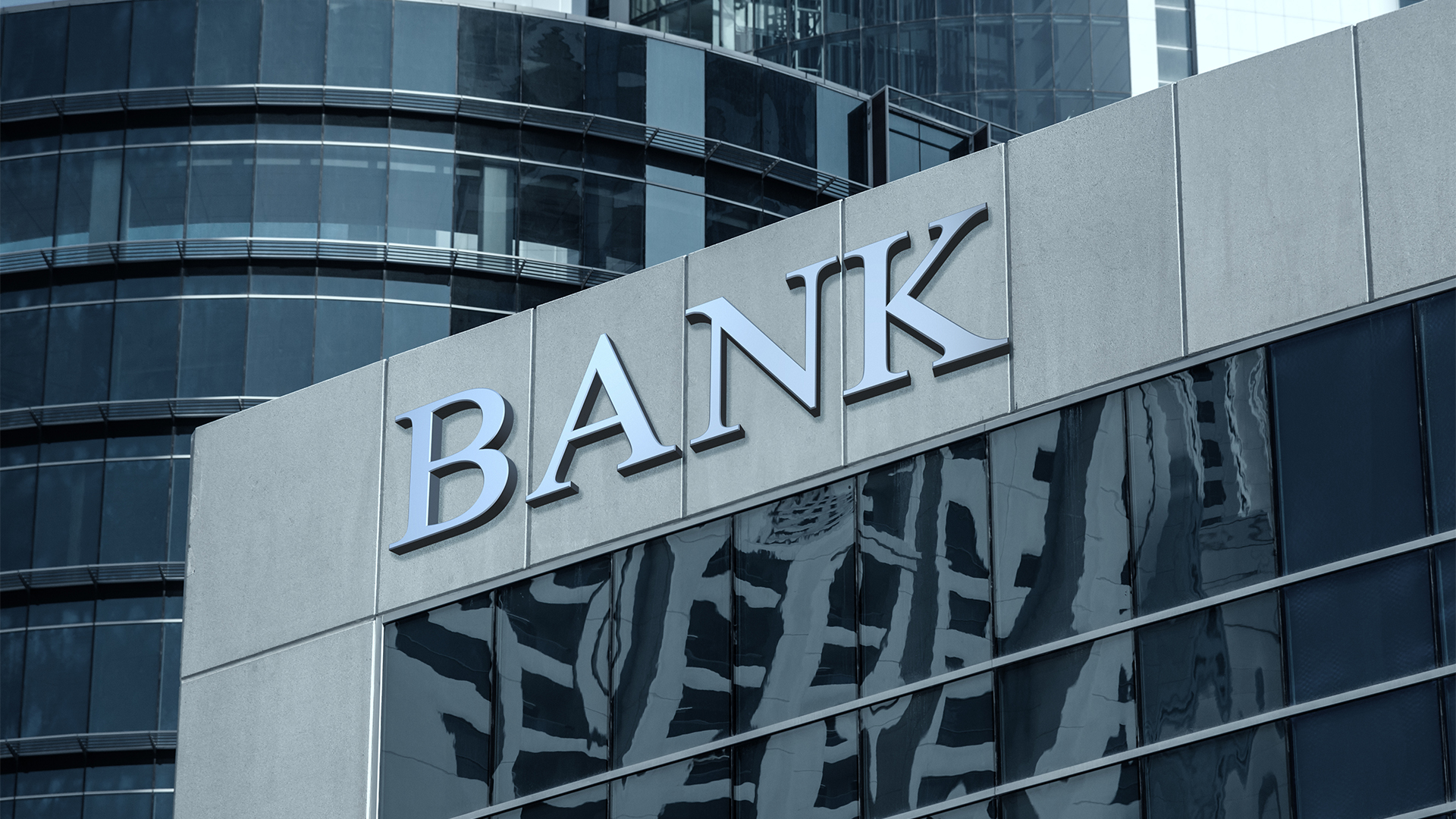
Commercial loans are considered non performing if the borrower has not made the scheduled payments for 90 days after the due date
The share of bad loans to the banking sector’s total loan book went up to an eight-month high in January, snapping two straight months of decline, as borrowers felt the pinch of elevated interest rates.
Preliminary data released by the Bangko Sentral ng Pilipinas (BSP) showed that the non-performing loan (NPL) ratio of Philippine banks rose to 3.44 percent in January from the revised 3.24 percent in December, the highest in eight months or since the 3.46 percent in May 2023.
After improving for four straight months to hit a six-month low of 3.40 percent in September, the NPL ratio picked up to 3.44 percent in October before easing to 3.41 percent in November.
As of end-2023, the industry’s NPL ratio was at 3.24 percent, higher than the 3.16 percent as of end-2022. The ratio peaked at 4.51 percent in July and August 2021, at the height of the COVID-19 pandemic.
Commercial loans are considered non performing if the borrower has not made the scheduled payments for 90 days after the due date. They are deemed as risk assets given borrowers are unlikely to settle such loans.
Based on BSP data, soured loans climbed by 13.7 percent to P460.76 billion in January from P405.14 billion in the same month last year.
Philippine lenders saw an 8.3-percent rise in loan disbursements to P13.38 trillion in January from P12.35 trillion a year ago.
The banking sector’s past due loans increased by 15.4 percent to P571.56 billion from P495.15 billion as restructured loans slipped by 6.3 percent to P301.99 billion from P322.14 billion.
Banks beefed up their loan loss reserves by 7.3 percent to P462.12 billion in January from P430.48 billion in the same month last year, amid the rising soured loans and past due loans.
This translated to a loan loss reserve level of 3.45 percent and an NPL coverage ratio of 100.29 percent.
The BSP hiked key policy rates by a total of 450 basis points from May 2022 to October 2023 to tame inflation and stabilize the peso, making it the most aggressive central bank in the region.
After raising the benchmark policy interest rate by 350 basis points in 2022, the BSP tightened the key rate by another 100 basis points throughout 2023, bringing it to a near 17-year high of 6.5 percent.




























